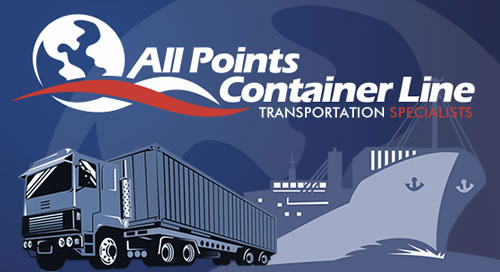We’re happy to report that container spot rates between Chinese base ports and the US are steadily declining. “As we previously predicted, spot rates have stabilized after an uptick before CNY (Chinese New Year). We hope they will remain stable and continue downwards as we move into the year, although they would still be notably higher than the pre-pandemic rates,” said Shabsie Levy, CEO, and Founder of Shifl.
Will it last?
Spot pricing for containers can only remain high if retail demand remains steady as well. However, recent challenges will most likely pull those freight prices down. The main factor doing this is US retail inventory volumes. Recent data from FRED (Federal Reserve Economic Data) shows that the metric has shot up since January. Understanding inventory strength is essential when looking toward the future of US retail imports. High stocking levels reflect a slowdown in demand for imports from Asia. “A particularly strong increase in consumer price inflation (CPI) over ’21 and the termination of stimulus checks and higher spend on travel and restaurants can be alarmist to the retail consumer base. This could push consumers to tighten their spending and further exacerbate the fall in retail sales. Taking these factors into account, spot prices will likely not cause the level of pain it meted out to shippers last year,” said Levy.
Transit Delays and Gate-Out Times Are Still a Concern
The number of vessels queued up on West and East Coast US ports has lowered dramatically. But the month-to-month throughput volumes still increase, and the trend is likely to be sustainable. Hopefully, this will get supply chains back on track amid the lingering effects of the pandemic.
Quite an exciting year ahead for the US East and West Coast ports!

